How to Choose Light Physical Activities
Method 1 of 4:
Getting Active Safely
-
 Consult your doctor first, especially if you have pre-existing conditions. No matter your age or health status, getting more active will benefit you. That said, not everyone should jump right into a new exercise program. In particular, if you live a sedentary lifestyle or have current health issues, talk to your doctor before making changes to your activity level.[1]
Consult your doctor first, especially if you have pre-existing conditions. No matter your age or health status, getting more active will benefit you. That said, not everyone should jump right into a new exercise program. In particular, if you live a sedentary lifestyle or have current health issues, talk to your doctor before making changes to your activity level.[1]- Your doctor will help you devise a plan for adding light physical activity to your daily routine in a healthy and safe fashion.
- If you have breathing problems due to a diagnosed condition, for example, your doctor can help craft an appropriate light exercise program for you.[2]
-
 Set clear, achievable goals for getting active. Instead of having a general goal like 'I want to get active so I'll feel better' or 'I want to be more active for my health,' write down a list of one or more specific goals. You might, for instance, write 'I want to be more active so I can play ball with my grandkids' or 'I want to reduce my risk of having a second heart attack.' Pull out this list and use it as motivation when you don't feel like taking a walk or heading to yoga class.[3]
Set clear, achievable goals for getting active. Instead of having a general goal like 'I want to get active so I'll feel better' or 'I want to be more active for my health,' write down a list of one or more specific goals. You might, for instance, write 'I want to be more active so I can play ball with my grandkids' or 'I want to reduce my risk of having a second heart attack.' Pull out this list and use it as motivation when you don't feel like taking a walk or heading to yoga class.[3]- Make sure your goal is realistic. Before writing something like 'I want to lose 50 lb (23 kg) this year by walking after dinner,' talk to your doctor about making goals that are achievable for you.
-
 Start slowly and gradually increase your workload over weeks or months. If you're interested in taking up light physical activities, your current activity level is likely very low. Give your body weeks or even months to adjust to the changes bit-by-bit. Ask your doctor, physical therapist, or athletic trainer to help you develop a reasonable schedule.[4]
Start slowly and gradually increase your workload over weeks or months. If you're interested in taking up light physical activities, your current activity level is likely very low. Give your body weeks or even months to adjust to the changes bit-by-bit. Ask your doctor, physical therapist, or athletic trainer to help you develop a reasonable schedule.[4]- You might, for instance, start by taking a 10-minute walk each morning, then increase the time by 5 minutes every 2 weeks until you reach 30, 45, or 60 minutes per day.
-
 Listen to your body and know when to stop or seek medical help. Generally speaking, light physical activity should leave you feeling slightly warmer, with a slightly elevated heart rate, and breathing lightly enough that you can still easily carry on a conversation. If your doctor has advised you to do only light activities, stop what you're doing if you're breathing heavily, feel overheated, or are sweating.[5]
Listen to your body and know when to stop or seek medical help. Generally speaking, light physical activity should leave you feeling slightly warmer, with a slightly elevated heart rate, and breathing lightly enough that you can still easily carry on a conversation. If your doctor has advised you to do only light activities, stop what you're doing if you're breathing heavily, feel overheated, or are sweating.[5]- If you're having trouble breathing or are having chest pains, seek immediate medical assistance.
- Your breathing is a good guide to your exercise intensity. With light exercise, you can easily carry on a conversation. During moderate exercise, you can carry on a conversation but not sing a song. During intense exercise, you can speak but not carry on a conversation.
Method 2 of 4:
Doing Solo Light Exercises
-
 Go for a 30-minute walk or light jog in between activities during the day. One of the easiest ways to get active without having to do an intense workout is to walk or go for a light jog. You can easily add this into your schedule by doing it between main parts of your day, such as right before or after work or school, after a meal, or before you go to bed.
Go for a 30-minute walk or light jog in between activities during the day. One of the easiest ways to get active without having to do an intense workout is to walk or go for a light jog. You can easily add this into your schedule by doing it between main parts of your day, such as right before or after work or school, after a meal, or before you go to bed.- Walking around is also a great way to explore the area where you live. Try going on different routes throughout the week or visiting local landmarks on the way!
-
 Walk on a treadmill or ride a stationary bike at an easy pace. If walking or biking outdoors alone is too dull, come indoors to a fitness center or home gym and use a TV, tablet, or magazine to stay entertained while you exercise. Remember to walk or bike at a light pace—your heart rate, body warmth, and breathing rate should only slightly increase and you should be able to sing a song.[6]
Walk on a treadmill or ride a stationary bike at an easy pace. If walking or biking outdoors alone is too dull, come indoors to a fitness center or home gym and use a TV, tablet, or magazine to stay entertained while you exercise. Remember to walk or bike at a light pace—your heart rate, body warmth, and breathing rate should only slightly increase and you should be able to sing a song.[6]- You may not be able to stick to a light exercise pace when biking outdoors, but it's much easier to go slowly on a stationary bike indoors.
- As when walking or biking outdoors, aim for sessions lasting at least 10 minutes and try to get in at least 30 minutes per day. Adjust these goals if recommended by your doctor.
-
 Use instructional videos to do yoga or tai chi at home. If going to a yoga or tai chi class isn't an easy option for you, doing solo classes at home is a reasonable substitute. Search online or purchase instructional videos marked as 'gentle,' 'light,' 'beginner,' or similar, and follow the instructor's guidance as closely as possible. If some elements are too challenging or serve as moderate-intensity exercise for you, feel free to skip them.[7]
Use instructional videos to do yoga or tai chi at home. If going to a yoga or tai chi class isn't an easy option for you, doing solo classes at home is a reasonable substitute. Search online or purchase instructional videos marked as 'gentle,' 'light,' 'beginner,' or similar, and follow the instructor's guidance as closely as possible. If some elements are too challenging or serve as moderate-intensity exercise for you, feel free to skip them.[7]- If it's possible for you to attend even just 1 or 2 classes with a trained instructor, consider doing so before shifting your workouts to your home. This will give you the opportunity to master some very basic techniques under expert guidance.
- Unless otherwise advised by your doctor, aim to do 2-3 sessions of yoga or tai chi per week, each lasting 30-60 minutes.
-
 Do light strength training 2-3 times weekly to round out your exercise routine. Strength training is valuable no matter your age or health status, and can be adapted to serve as light physical activity. Use small hand weights while seated, for example, or work with an exercise band wrapped around a chair leg or door handle. Also, exercise machines at the gym can be used with no or low weight added.[8]
Do light strength training 2-3 times weekly to round out your exercise routine. Strength training is valuable no matter your age or health status, and can be adapted to serve as light physical activity. Use small hand weights while seated, for example, or work with an exercise band wrapped around a chair leg or door handle. Also, exercise machines at the gym can be used with no or low weight added.[8]- For the best results, consider attending at least a few sessions with a personal trainer or physical therapist. They can help you develop an appropriate training program and make sure you're using the right technique.
- You might aim to do strength training 2-3 times per week for 30 minutes per session.
Method 3 of 4:
Choosing Group Activities and Classes
-
 Walk with friends daily for health, fun, and motivation. Walking at an easy pace for at least 30 minutes per day, in stretches of 10 minutes or more whenever possible, is a great way to get the benefits of light exercise. While walking on your own is perfectly fine, the joy of walking with a friend or friends may encourage you to keep up the routine for the long term.[9]
Walk with friends daily for health, fun, and motivation. Walking at an easy pace for at least 30 minutes per day, in stretches of 10 minutes or more whenever possible, is a great way to get the benefits of light exercise. While walking on your own is perfectly fine, the joy of walking with a friend or friends may encourage you to keep up the routine for the long term.[9]- You might, for example, take a 15-minute walk with friends from the neighborhood after breakfast, then do the same after dinner. During poor weather, head to a shopping mall and walk its corridors instead.
- Many people find it easier to say 'I don't feel like walking today' when they exercise alone. It's harder to do when you have the added motivation of a standing appointment with your friends!
- Talk to your doctor to determine the appropriate walking program for you.
-
 Have fun being active with the help of kids or pets. Exercising with friends can be enjoyable, but spending time with kids or pets can be even more fun! Instead of letting your dog out in the yard to 'do its business,' take it for a 10-15 minute walk. Likewise, instead of watching your kids or grandkids play, join in and play with them.[10]
Have fun being active with the help of kids or pets. Exercising with friends can be enjoyable, but spending time with kids or pets can be even more fun! Instead of letting your dog out in the yard to 'do its business,' take it for a 10-15 minute walk. Likewise, instead of watching your kids or grandkids play, join in and play with them.[10]- A simple kids' game like hide-and-seek can easily count as light physical activity.
-
 Join a tai chi class for light aerobic and flexibility benefits. There are various forms of tai chi, which combines flowing body movements with mental concentration techniques, and most types constitute light physical activity. Sign up for a beginners' class if you're new to tai chi—it will provide a slower pace and supportive atmosphere that can help you to establish a light exercise routine.[11]
Join a tai chi class for light aerobic and flexibility benefits. There are various forms of tai chi, which combines flowing body movements with mental concentration techniques, and most types constitute light physical activity. Sign up for a beginners' class if you're new to tai chi—it will provide a slower pace and supportive atmosphere that can help you to establish a light exercise routine.[11]- For health benefits, consider aiming for 2-3 classes per week, each lasting 30-60 minutes, unless otherwise directed by your doctor.
- Tai chi provides cardiovascular benefits and can improve balance and flexibility. It can also be a great stress reducer.
- In addition to dedicated tai chi studios, many gyms, rec centers, community centers, and retirement communities host tai chi classes. You can also use tai chi videos at home, but you may get better results working with a trained instructor in a group setting.
-
 Take 'gentle' yoga or chair yoga classes to stay at a light activity level. Despite some similarities with tai chi—such as the focus on mind-body connections—yoga is more likely to constitute moderate (or even intense) physical activity. However, if you take yoga classes labeled as 'gentle,' 'slow,' 'light,' or similar—which are often targeted toward beginners and/or seniors—you'll stay within your goal of doing light physical activity.[12]
Take 'gentle' yoga or chair yoga classes to stay at a light activity level. Despite some similarities with tai chi—such as the focus on mind-body connections—yoga is more likely to constitute moderate (or even intense) physical activity. However, if you take yoga classes labeled as 'gentle,' 'slow,' 'light,' or similar—which are often targeted toward beginners and/or seniors—you'll stay within your goal of doing light physical activity.[12]- Similar to tai chi, aim to do 2-3 classes per week, each lasting 30-60 minutes, in order to derive health benefits. Follow your doctor's guidance, however.
- Yoga is a great option if your goal is to transition from light to moderate physical activity. You can start out with a 'gentle' class and work your way up to more intense yoga classes.
- Yoga classes are even more widely available than tai chi classes in many areas. You also have the option of using yoga instructional videos at home, but you'll likely see greater benefits in a classroom setting with a trained instructor.
-
 Choose 'gentle' water aerobics classes or swim laps at an easy pace if you need to reduce stress on your joints. Even a gentle form of tai chi may be painful if you have arthritis or other joint conditions. The buoyancy of water, however, can noticeably reduce the strain put on your joints during physical activity. Get in touch with pools in your area to see if 'gentle,' 'slow,' or 'light' water aerobics classes are available.[13]
Choose 'gentle' water aerobics classes or swim laps at an easy pace if you need to reduce stress on your joints. Even a gentle form of tai chi may be painful if you have arthritis or other joint conditions. The buoyancy of water, however, can noticeably reduce the strain put on your joints during physical activity. Get in touch with pools in your area to see if 'gentle,' 'slow,' or 'light' water aerobics classes are available.[13]- Your doctor might, for example, advise you to take 1-2 water aerobics classes per week, each lasting 30-60 minutes.
Method 4 of 4:
Adding Quick, Light Activities to Daily Life
-
 Get up and stretch every 30 minutes and walk every 60 minutes. Simply getting up from the couch or your desk and moving around a bit counts as light physical activity. Set a timer if you need reminders to get up throughout the day.[14]
Get up and stretch every 30 minutes and walk every 60 minutes. Simply getting up from the couch or your desk and moving around a bit counts as light physical activity. Set a timer if you need reminders to get up throughout the day.[14]- Every 30 minutes, do neck rolls, shoulder twists, and other light stretches for 1-2 minutes.
- Every 60 minutes, get up and walk or march in place for 3-5 minutes.
- Alternatively, if you're watching TV, get up during each commercial break and alternate between stretching and walking around or in place.
- If you're physically limited in your ability to stand up, do seated stretches, arm lifts, and other light exercises.
-
 Park your car or get off the bus 10 minutes from your destination. The goal is to find ways to add more walking time to your day. While walking all the way to work or school may not be possible in your case, it's often easy to add 10 minutes of walking time to your commute.[15]
Park your car or get off the bus 10 minutes from your destination. The goal is to find ways to add more walking time to your day. While walking all the way to work or school may not be possible in your case, it's often easy to add 10 minutes of walking time to your commute.[15]- Alternatively, arrive a little earlier to work or school so that you can walk the halls for 10 minutes before starting your day. Do the same before leaving at the end of your day.
-
 Take the stairs instead of the elevator when possible. Depending on your current health and fitness levels, walking up 1-3 (or possibly more) flights of stairs may count as light exercise. Follow your doctor's advice and listen to your body—such as your breathing rate—to determine if this counts as light or moderate exercise for you.[16]
Take the stairs instead of the elevator when possible. Depending on your current health and fitness levels, walking up 1-3 (or possibly more) flights of stairs may count as light exercise. Follow your doctor's advice and listen to your body—such as your breathing rate—to determine if this counts as light or moderate exercise for you.[16]- If walking up the stairs is too challenging for you at present, try riding the elevator up but taking the stairs down.
-
 Use a rake and push mower instead of powered/propelled tools. Doing yardwork can be a fun and functional way to get in some light physical activity. Instead of a self-propelled lawnmower, try a push mower. Similarly, use a rake instead of a leaf blower.[17]
Use a rake and push mower instead of powered/propelled tools. Doing yardwork can be a fun and functional way to get in some light physical activity. Instead of a self-propelled lawnmower, try a push mower. Similarly, use a rake instead of a leaf blower.[17]- Once again, this depends upon your current health and fitness levels. In your case, guiding a self-propelled motor or carrying around a leaf blower may count as light physical activity.
- Don't underestimate the exertion level of some kinds of yardwork. Shoveling snow, for instance, can constitute moderate or even intense exercise. As always, listen to your body.
-
 Put on music that makes you want to dance while doing housework. Pushing around a vacuum may count as light physical activity in your case, but things like dusting or washing dishes may not. However, putting on some music that makes you 'shimmy and shake' a bit while cleaning might do the trick![18]
Put on music that makes you want to dance while doing housework. Pushing around a vacuum may count as light physical activity in your case, but things like dusting or washing dishes may not. However, putting on some music that makes you 'shimmy and shake' a bit while cleaning might do the trick![18]- Keep in mind that you can burn as many calories mopping your kitchen floor, scrubbing out your bathtub, or vacuuming carpets as you would by exercising.[19]
- Dancing in general is a fun way to get in some light, moderate, or even intense exercise, depending on the type of dancing you're doing.
5 ★ | 2 Vote
You should read it
- 7 ways to self-check out the very simple health situation at home
- Blue light filtering applications must be available for your computer, phone
- Light artist - artist that adjusts sharpness for images
- It takes hundreds of thousands of years for light to travel from the center of the Sun to Earth?
- How to use Night Light mode in Windows 10?
- Workout exercises for 4 minutes work equally well with 1 hour of gym
- Blurred light can narrow your brain
- 5 postures to reduce stress immediately in just 2 minutes
May be interested
- Light Shop: Evaluating the pros and cons of a film that is expected to be as successful as Moving
 light shop has finally been released. this article will tell you whether the movie light shop is worth watching or not?
light shop has finally been released. this article will tell you whether the movie light shop is worth watching or not? - When you turn off the light in the room, where did the light go?
 when you turn off the light in the room, the darkness will cover everything, so where did the light go?
when you turn off the light in the room, the darkness will cover everything, so where did the light go? - Reasons why physical storage media is better than streaming
 many people still prefer movies and tv shows on physical discs. however, physical media is unlikely to completely replace streaming, which is a shame because it has so many benefits.
many people still prefer movies and tv shows on physical discs. however, physical media is unlikely to completely replace streaming, which is a shame because it has so many benefits. - Download and experience the free blockbuster Sky: Children of the Light
 sky: children of the light is an adventure, multi-player puzzle game, first announced during apple's iphone x launch event in 2017.
sky: children of the light is an adventure, multi-player puzzle game, first announced during apple's iphone x launch event in 2017. - How to use Night Light in Windows 11
 most modern handhelds and computers have a feature that can reduce the blue light emitted by screens. on windows devices, this blue light filter is called night light.
most modern handhelds and computers have a feature that can reduce the blue light emitted by screens. on windows devices, this blue light filter is called night light. - What is the light year?
 the unit of light years is often used when referring to the distance in the universe as the distance from the earth to the sun, moon, mars or the distance between planets ... so, the light year is what? how many kilometers is a light year?
the unit of light years is often used when referring to the distance in the universe as the distance from the earth to the sun, moon, mars or the distance between planets ... so, the light year is what? how many kilometers is a light year? - 7 Android apps that make the most of physical buttons on your phone
 it's time to make physical buttons on smartphones more advantageous. here are some great apps that you can install to upgrade the physical keys on your phone.
it's time to make physical buttons on smartphones more advantageous. here are some great apps that you can install to upgrade the physical keys on your phone. - How to choose a computer configuration to play Hyper Light Drifter
 is a core i3 computer with 4gb ram a smooth configuration for playing hyper light drifter? that is the question that many gamers are wondering before downloading and installing the game. in the article below, taimienphi will answer all your questions.
is a core i3 computer with 4gb ram a smooth configuration for playing hyper light drifter? that is the question that many gamers are wondering before downloading and installing the game. in the article below, taimienphi will answer all your questions. - Blue light filtering applications must be available for your computer, phone
 green light is part of the visible light spectrum, acting deeper to the eyes and lasting can damage the retina. and it is related to the development of age-related macular degeneration, worst, it makes your brain awake when you're going to sleep. here are the 'must have software for people who work on computers at night to better protect their eyes, improve their health and productivity.
green light is part of the visible light spectrum, acting deeper to the eyes and lasting can damage the retina. and it is related to the development of age-related macular degeneration, worst, it makes your brain awake when you're going to sleep. here are the 'must have software for people who work on computers at night to better protect their eyes, improve their health and productivity. - Things to know about Light Painting techniques in photography
 light painting is a technique that uses a portable light source to add light to a dimly lit subject when taking long exposure shots. some scenes or objects can be highlighted with a light source.
light painting is a technique that uses a portable light source to add light to a dimly lit subject when taking long exposure shots. some scenes or objects can be highlighted with a light source.

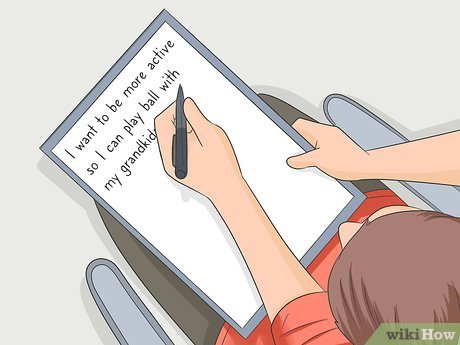


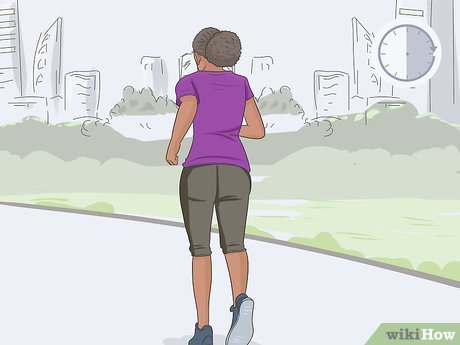
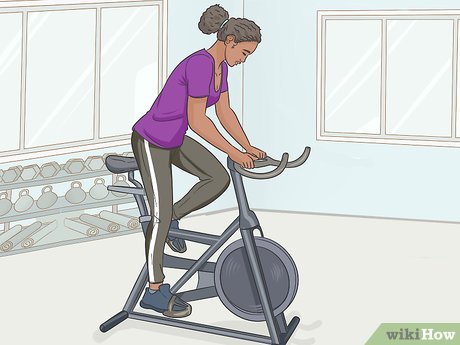
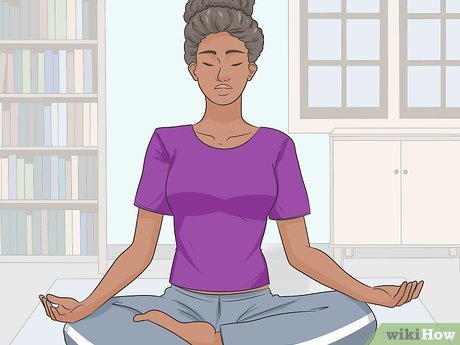
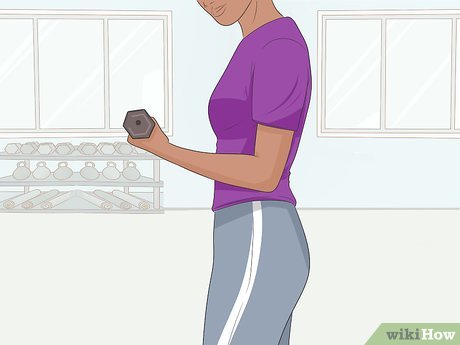
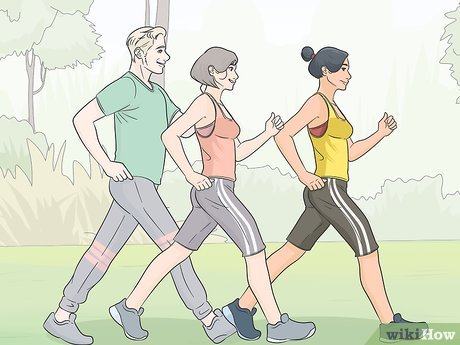
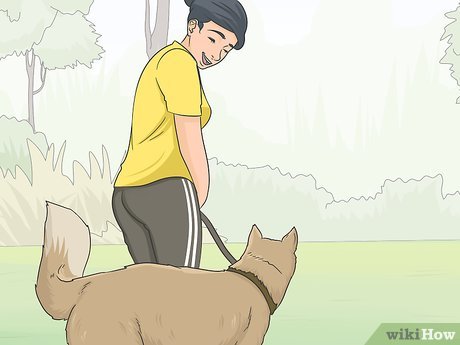
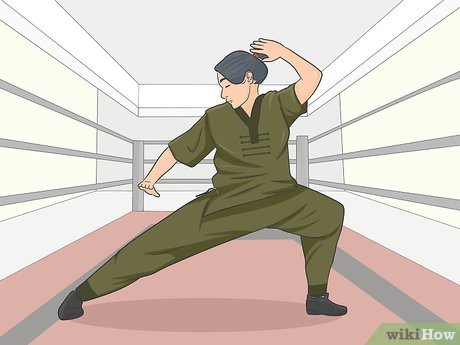
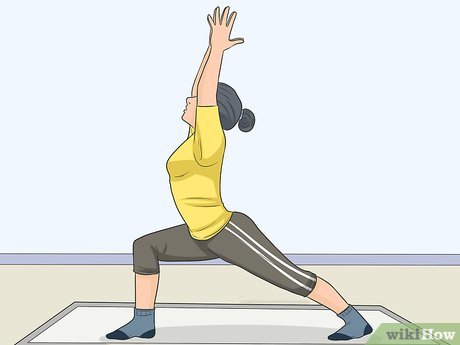
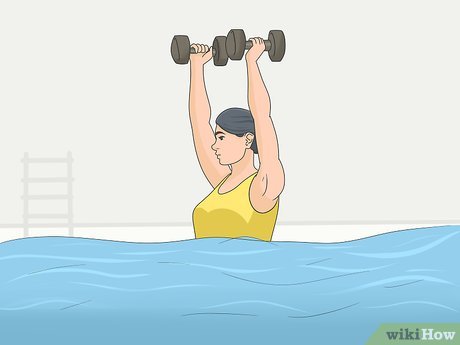
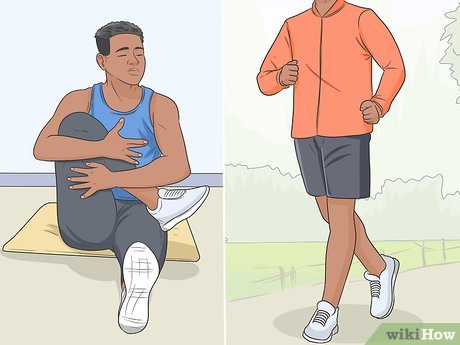
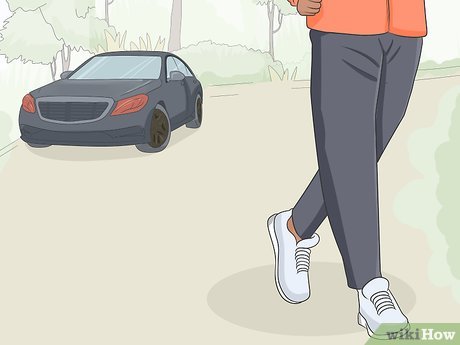
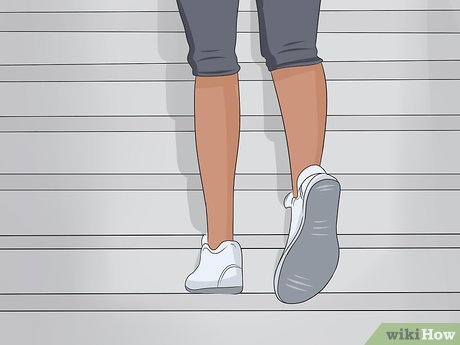
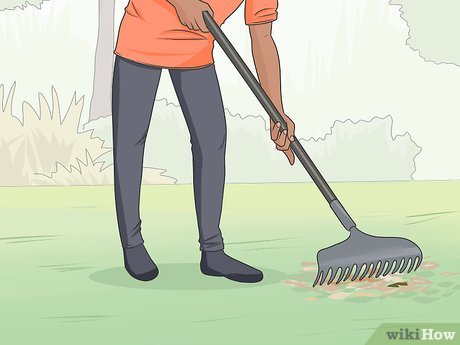
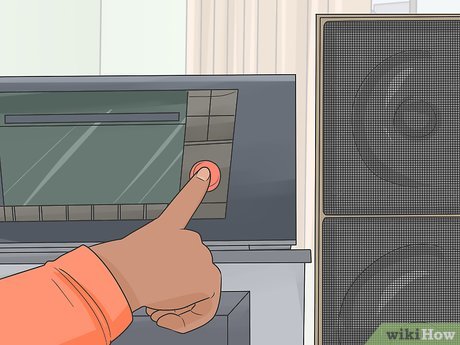










 How to Visit Central Park
How to Visit Central Park How to Have Fun at the Library (for Kids and Teens)
How to Have Fun at the Library (for Kids and Teens) How to Make Life Fun
How to Make Life Fun How to Play by Yourself
How to Play by Yourself How to Find Fun in Everything
How to Find Fun in Everything How to Entertain Yourself Without Objects
How to Entertain Yourself Without Objects